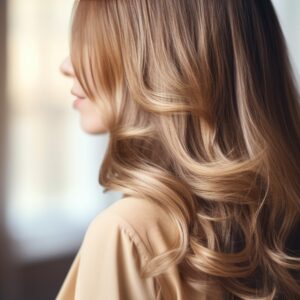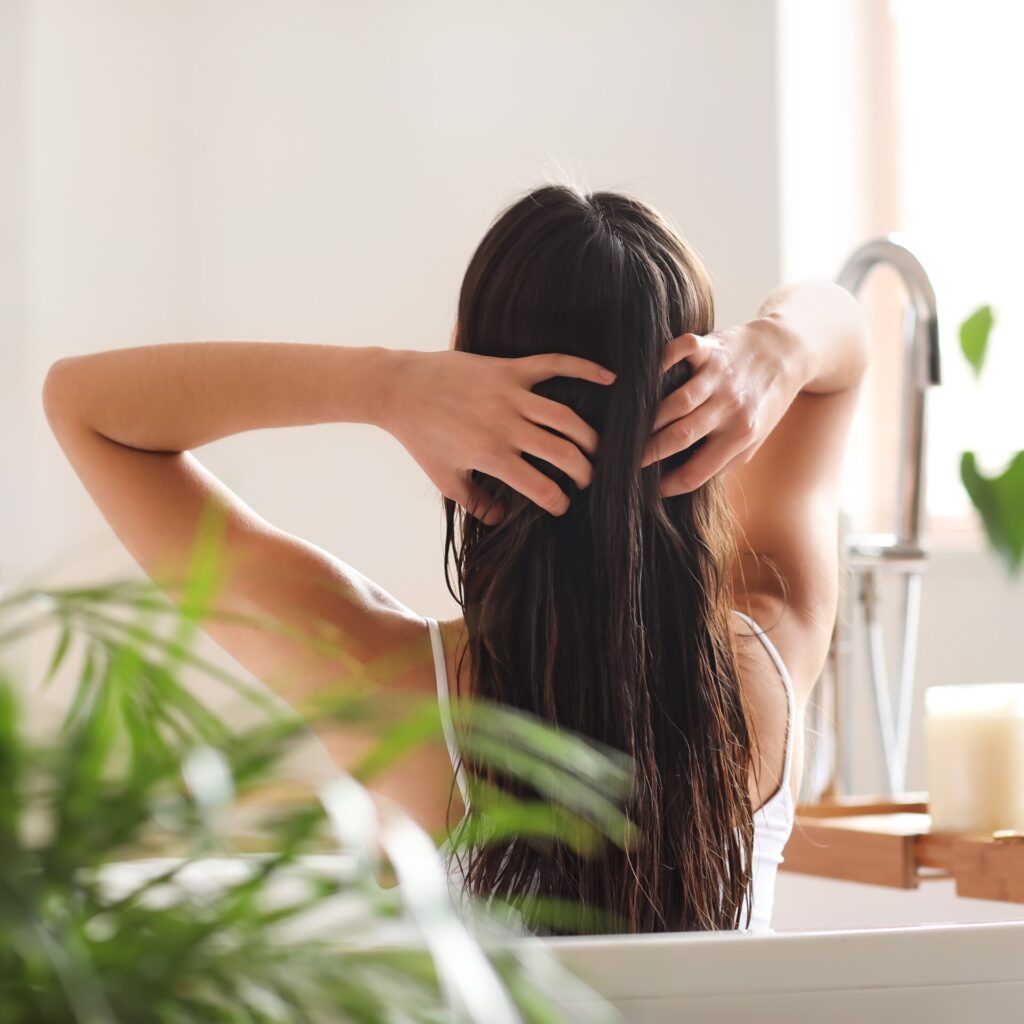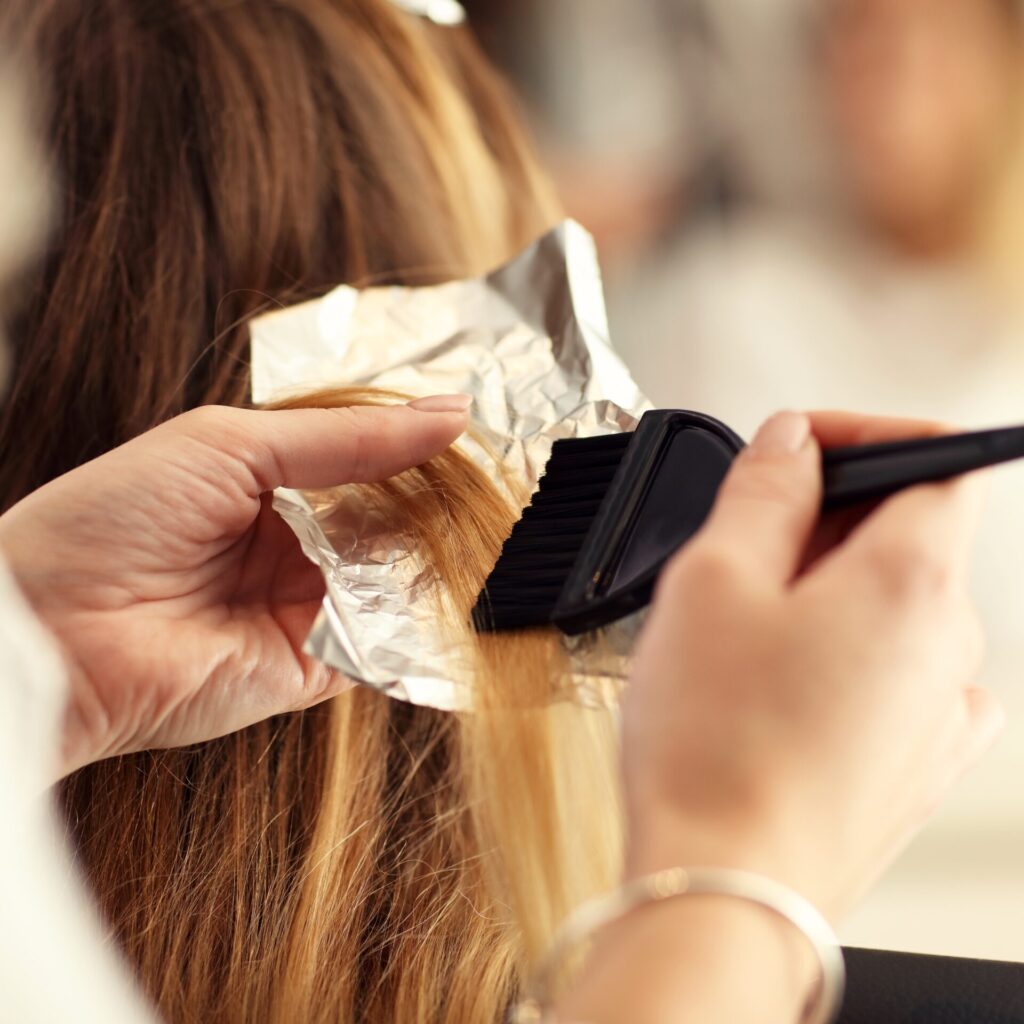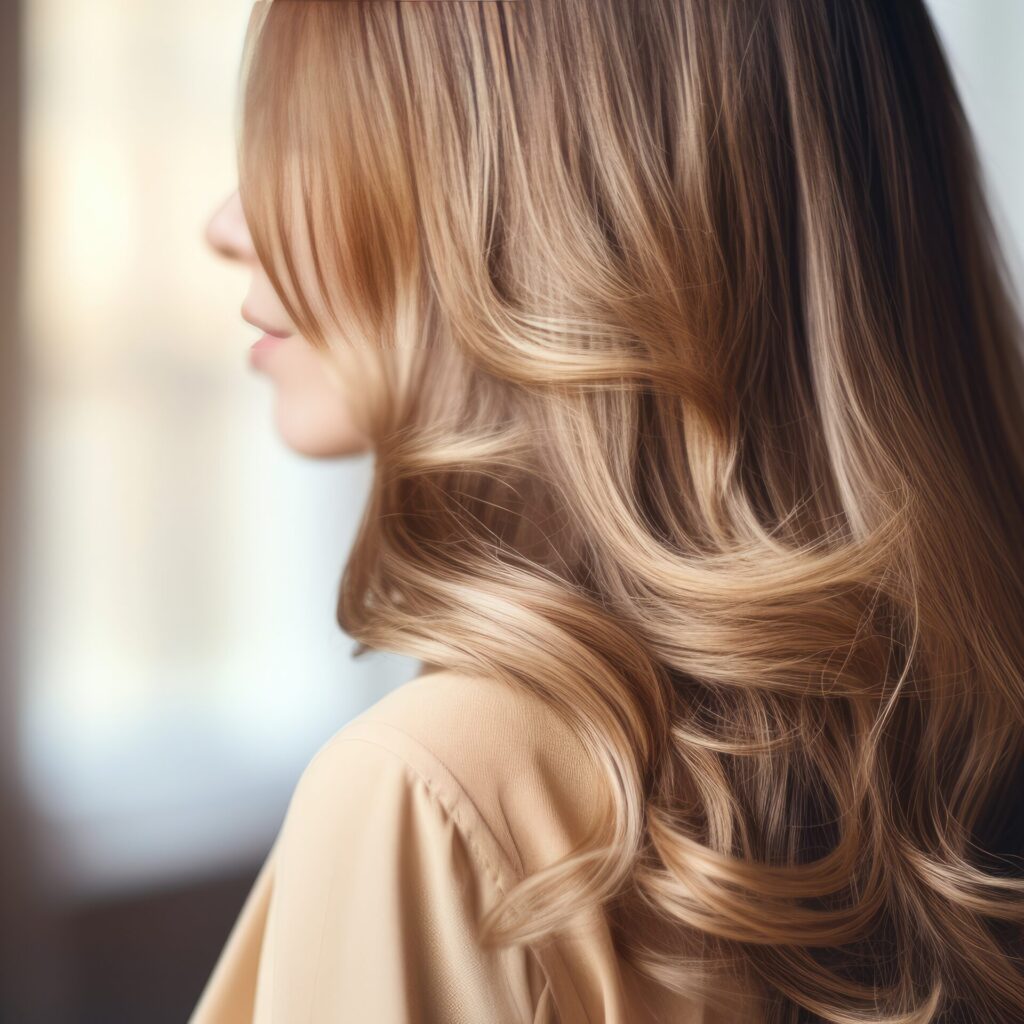Dyeing your hair at home - what you need to know before you start!
 Grey reflections, fiery reds, or maybe chocolate browns? At-home hair colouring can be an interesting way to achieve an aesthetic transformation. However, before you start the journey of dyeing your hair on your own, prepare for this process. How? Read our guide!
Grey reflections, fiery reds, or maybe chocolate browns? At-home hair colouring can be an interesting way to achieve an aesthetic transformation. However, before you start the journey of dyeing your hair on your own, prepare for this process. How? Read our guide!
Assess the condition of your hair before the treatment
It doesn’t matter whether you just want to cover grey hair or go crazy with pink highlights, every home colouring treatment, especially one that involves the use of bleach, should start with assessing the condition of your hair. Pay particular attention to the following:
- • has your hair already been coloured or lightened. Dyeing virgin hair may have a different effect than applying hair dye to coloured hair
- • what is their current shade? Each dye is adapted to colour hair with a different initial shade. You will always find this information on the packaging
- • is your hair thin or thick, thin or dense? The greater the volume when gathered into a ponytail, the more dye you will need
- • is your hair frizzy, gets static easily, or, on the contrary, they give the impression of “heavy”
- • is your hair damaged by treatments, styling or previous colouring treatments?
Hair that has been through a lot, dry or damaged, may behave unpredictably when in contact with the dye, surprising you with a way too strong or too weak reaction to the product, and sometimes even the appearance of unwanted patches. The closer you investigate your hair before colouring, the less surprising the effect.
Post-transition effects, such or eliminated, may occur unpredictably in the case of a dye that is surprising or has a significantly too weak reaction to the product, or even if unwanted stains occur. The better your hair is before colouring, the fewer surprises you will have after the treatment.
Take care of your hair properly for a long-lasting colouring effect
Damaged, dry hair with product build-up is not a good canvas for colouring, so take care of its condition before dyeing. Our hair feels best when we take care of the PEH balance (the balance between proteins, emollients and humectants, which depends on the individual needs of our hair). For this purpose, it is worth observing the hair and using various conditioners, for example from the PEHology line, which will provide the hair with appropriate nutrients. Colouring healthy and well-groomed hair is more effective and lasts longer.
Washing your hair before dyeing – yes or no?
Ok, your hair feels nourished and pampered. Should you wash them just before the at-home colouring treatment? Definitely not! The sebum that accumulates on our scalp creates a natural protective barrier for the hair. It’s best to wash your hair a day or two before the colouring treatment, depending on how quickly your hair gets greasy. Then use a strongly cleansing or chelating shampoo (chelating is nothing more than washing your hair with a shampoo that removes all remnants of cosmetics, impurities and mineral deposits), thanks to which you will create a clean base for colouring. Remember not to apply styling products after washing.
Choose the right products for the treatment
It’s time for a metamorphosis! So you go to the drugstore, stand in front of a shelf with hundreds of dyes… and you don’t know what to do next? You can choose from bleaching products and permanent, demi-permanent dyes that last up to several dozen washes, as well as semi-permanent products or toners with the least durability. If your goal is to cover grey hair, permanent dye will be a perfect choice. For people who want a natural effect or a moment of craziness, the ideal option will be demi or semi-permanent colouring, which is usually characterised by the absence of ammonia, thanks to which dyes from this category are more gentle to both the hair and the nose.
Also remember that not everyone will need one box of dye to achieve their desired effect. If you have long or thick hair, you will need at least two, and sometimes even three, packages of the product.
Colouring or lightening – what’s the difference?
A natural effect, pastel craze, or maybe your dream blonde? Choosing the right dye depends on the effect we want to achieve on our hair, as well as its current colour. If you are a natural brunette and you dream of straw-coloured highlights, you will reach for a bleaching product. What is the difference between lightening and regular tone-on-tone colouring? Lightening involves depigmentation, i.e. opening the hair cuticles and washing out the pigment, as a result of which the hair becomes lighter. Careless use of bleach (leaving it on the hair too long, using too strong hydrogen peroxide for bleaching, especially on hair that is already dry, etc.) can severely damage the hair, so when deciding to bleach it, choose the strength of the product carefully and strictly follow the recommendations in the instructions.
At-home hair colouring can be effective and pleasant as long as we remember a few simple but extremely important rules. Armed with the necessary starting knowledge, you can start preparing for the metamorphosis!


